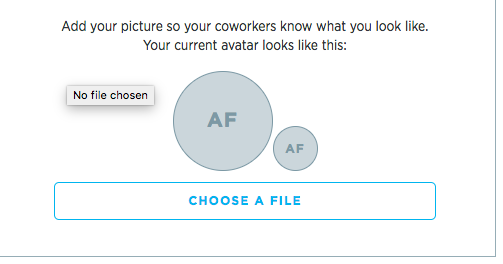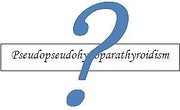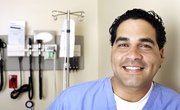When learning English, the structure of words is something that is critical to master. Many students begin to learn to read and quickly notice that the same "root" word appears over and over, but that the letters at the beginning or the end of the word can change the word's meaning entirely. These letters are called prefixes and suffixes, and they are a critical part of learning to speak and write English.
What Are Parts of Speech?
When learning English, parts of speech are a critical piece of the puzzle. Parts of speech, also called "word classes," tell us what a word does in a sentence. For example, a noun, a verb, an adjective, an adverb, conjunction and an article all serve different purposes in a sentence. In addition to the words themselves, there are groupings of letters that get added to the beginnings and ends of different parts of speech that can entirely change their meaning.
For example, "runner" and "running" are both describing the same thing, but they are different parts of speech. By adding the -ing or the "suffix," the meaning of "runner" has been changed. "Runner" describes someone who runs, while "running" describes the act of running in the present tense. By adding letters at the end of the word "run," the suffixes have changed the meaning of the word.
It can be confusing to know exactly what the words, prefix and suffix mean, but roughly, they are about attaching a syllable to either the front of the word or the end of it, to communicate something related to the "root" word. Generally, prefixes and suffixes serve to provide us with an understanding of when something happened, or who performed the act. However, this is not always the case.
Parts of a Word That Can Be Added to Change the Meaning
A prefix is defined as any grouping of letters that can be attached to the beginning of a word in order to change its meaning. Before a prefix is added, the word as it is, is called a "root word." Root words are the base of the words that have a prefix or suffix attached. Root words retain their meaning when written or spoken alone, but when paired with a host of prefixes and suffixes, their meaning becomes something completely different.
Certain prefixes and suffixes have the same effect on any words to which they are applied. This makes it easy to learn. In addition, learning prefixes and suffixes by using a suffixes and parts of speech worksheet means that you will be able to recognize the suffixes even when they are attached to root words that you are not familiar with and that will likely help you to understand those words.
What Are Some Common Prefixes and Suffixes?
Students beginning to study suffixes and prefixes often encounter a part of speech created with suffixes: -ary, -ic, -ior. They are also likely to encounter parts of speech created with prefixes like de-, re-, dis- and pre. These prefixes and suffixes are meant to modify or alter the root word to which they are attached by being small words in themselves.
The prefix de- for instance, when attached to a root word means to undo, to decrease, to lessen, to take down. "Defund" for example, means to remove funds from. "Delocate" means to move away. "Decrease" means to lessen.
Once you know what the prefix "de-" means, you will recognize that its effect on whichever root word it is attached to is to indicate that something has changed or decreased. The same is true of suffixes, like the suffix "-ed." When you encounter "-ed" it typically puts words into the past tense, as in "happened," "wrapped," "folded"and "skied."
Related Articles
Tips
- When using prefixes and suffixes, use a list of common affixes and their meanings for quick reference.
- Words can have multiple meanings that change their part of speech. Pick a meaning that suits your needs before you begin modifying the root word.
Writer Bio
Ashley Friedman is a freelance writer with experience writing about education for a variety of organizations and educational institutions as well as online media sites. She has written for Pearson Education, The University of Miami, The New York City Teaching Fellows, New Visions for Public Schools, and a number of independent secondary schools. She lives in Los Angeles.










